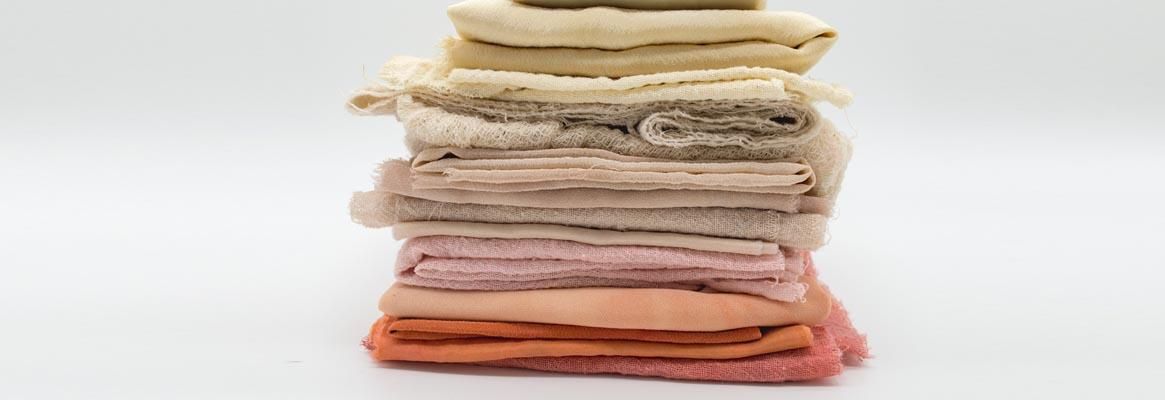Even if it's a promising and sustainable alternative to its resource-demanding competitor, hemp is still less popular than cotton. However, this less expensive and high-performing fabric could help revolutionise the apparel industry. The industry should embrace this eco-friendly textile solution. Like cotton, hemp clothes are lightweight and absorbent.
Hemp: A History
As a fabric source, hemp’s colloquial reputation grew with the spread of hippie culture, and since then has been vaguely referred to as an eco-friendly material that isn’t as refined as its counterparts; linen and cotton. Although, enormous efforts have been done to make cotton a sustainable fibre (example Supima Cotton).
It turns out, however, according to the very eco-conscious product company Earth Easy, that up until the 1920s, 80 per cent of American clothing was made from hemp textiles. Henry Ford, apparently, once partially produced a car interior out of hemp to help American farmers. And George Washington grew hemp for the production of rope and other materials.
It’s written that the first hemp plants were spun into fibre over 10,000 years ago. So why is it less popular now? Especially when it’s known, since its revitalisation in the ‘60s, to be a more eco-conscious option for fabric production?

A Greener Harvest
Hemp is an eco-friendly crop. It requires little to no pesticides or fertilisers and uses very little water: almost half as much as cotton. Moreover, as also noted by Earth Easy, it renews the soil with each growth cycle, due to its having long roots that help prevent erosion and retain topsoil quality.
Hemp grows quickly and easily in many temperate regions and is reportedly less expensive to farms because of its minimal growth requirements. The crop can produce 5-10 tonnes of cellulose fibre pulp per acre in four months. And it’s almost entirely renewable.
Nothing needs to be wasted in the hemp production process. While its stalks are used for fibre, its seeds can be used to make oil and food supplements. Finally, industrial hemp plants absorb more carbon dioxide than trees. Some advocates claim that it’s carbon-neutral, if not carbon negative.
Hemp Textiles Are Still Less Favoured in Mainstream Retail
Hemp’s performance is comparable to cotton. But hemp is stronger, maybe even three times the tensile strength of cotton. It is UV and mold-resistant, making it excellent for outdoor wear. It can also be blended with other fibres to create different textures, such as hemp/silk and hemp/cotton.

Crailar’s bast fabrics had to be washed “hundreds of times” to be even remotely comfortable to wear, due to the fact that hemp (as well as flax and linen) are very stiff because of the pectins that naturally occur in the plant. So, in conjunction with research at Canadian universities, Crailar discovered that naturally occurring enzymes can be used to rinse the raw fibre and remove all the pectins, resulting in a soft, fine fibre.
Still, this fibre is usually blended with cotton. In a well-received example, Levi’s WellThread denim collection uses “cottonised” hemp. But does combining hemp with cotton lessen its environmental purity? Cotton crops dump millions of tons of pesticides into the global environment each year and suck up our precious water supply. Nonetheless, the aim of using less of it is certainly more sustainable than relying on 100 per cent cotton or polyester, which makes the hemp addition a necessary new textile preference push.

According to Crailar’s CMO, "The whole industry is a two-trick pony. It's either cotton or polyester. If we can help big brands like Levi's and Target towards sustainable business practices by providing a complement, supplement, or replacement to their cotton or polyester consumption, it's a big deal ... Conversion is also easy. We don't want to create a system where people need to buy new machines or make a huge capital investment in order to work with our fibre. So in our case, a spinner might have to adjust the settings on their machine, but they don't have to go buy a whole new machine."
It seems easy enough, and therefore worth more try. In conclusion, why hemp? It’s carbon-light, non-GMO, natural and pesticide-free, fast-growing, soil-enriching, and strong. It’s the step in the sustainable direction we’re walking towards.
This article has not been edited by Fibre2Fashion staff and is re-published with permission from synzebe.com










Comments